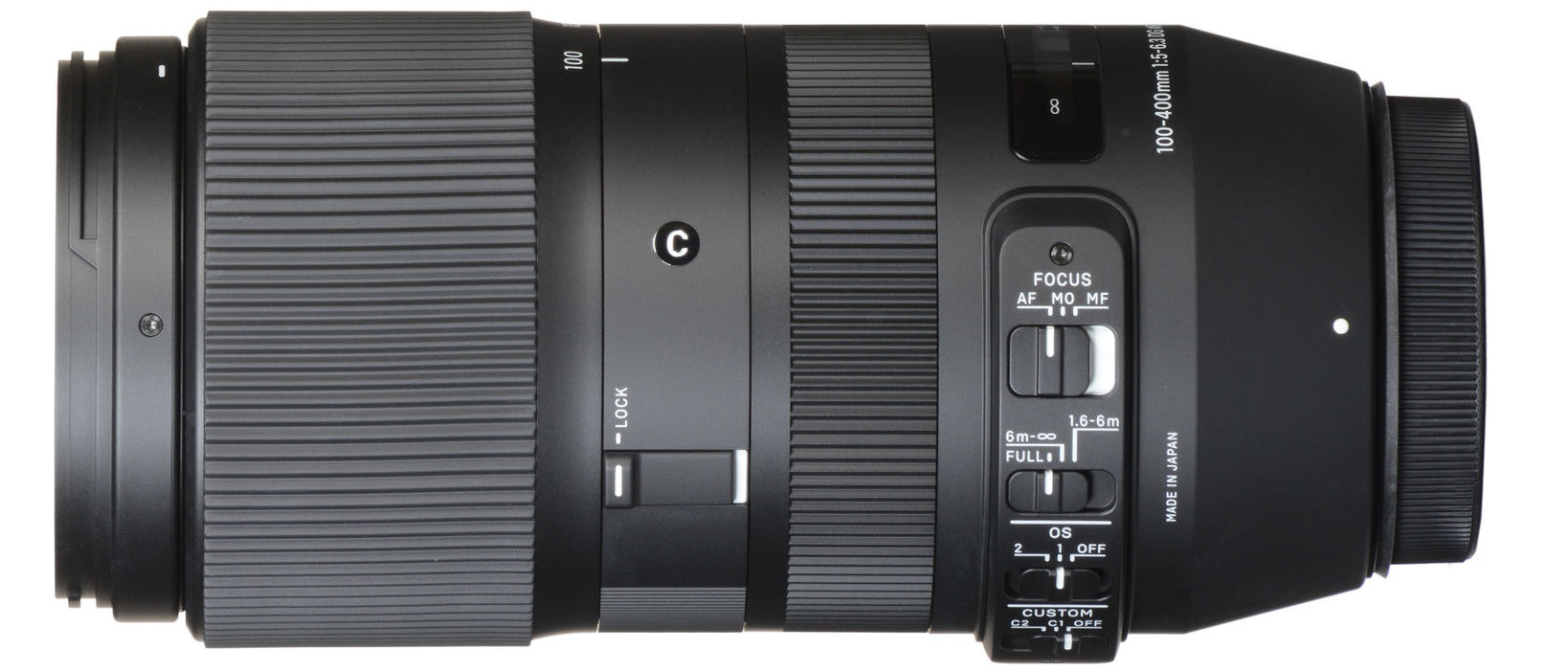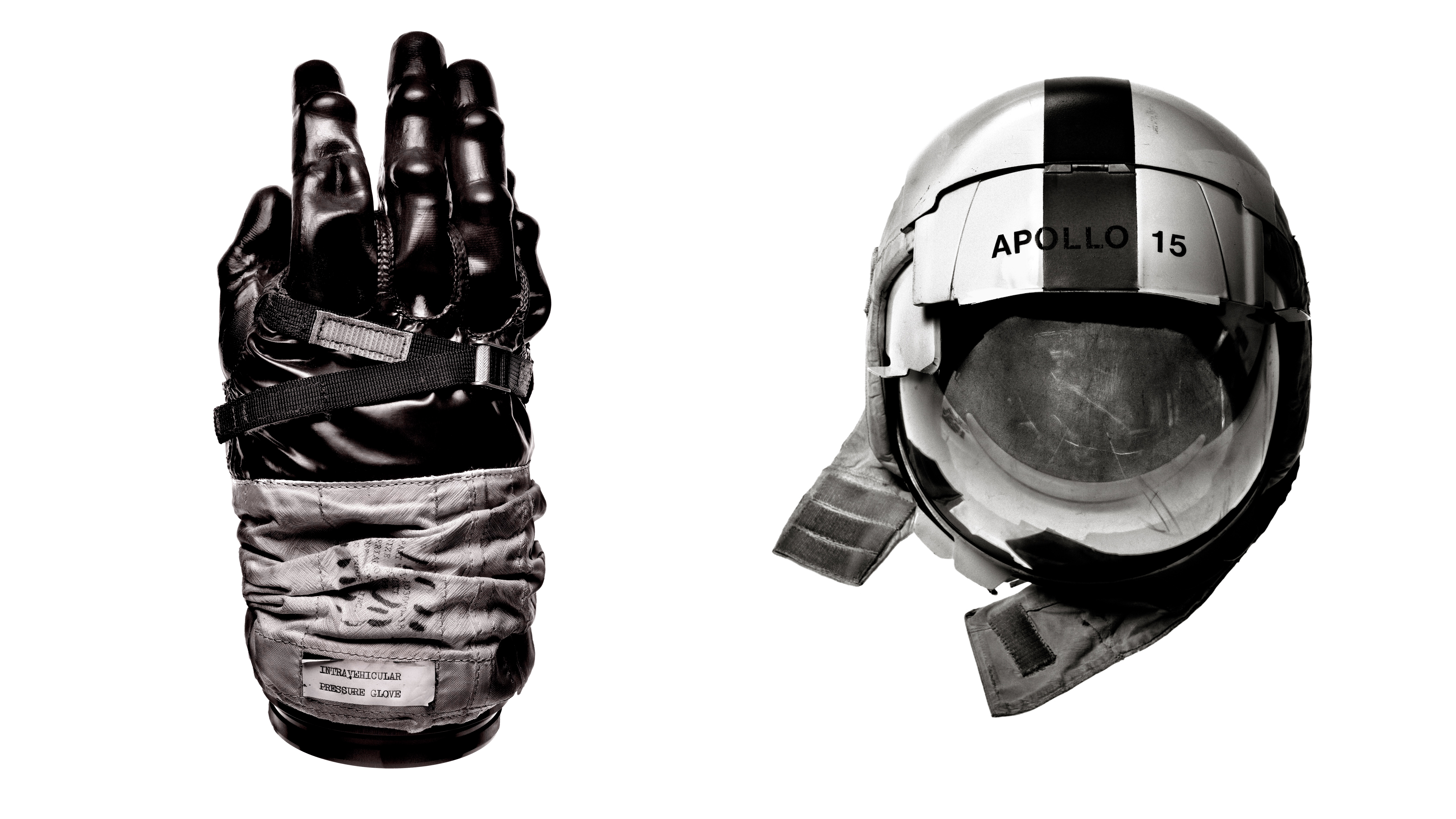Digital Camera World Verdict
Picking up the baton from ‘compact’ 70-300mm telephoto zooms, this full-frame compatible Sigma gives extended reach while maintaining a conveniently lightweight build. Although relatively small, it packs a range of fancy features and delivers very pleasing image quality and all-round performance, all at a competitive price. It’s a sound choice for Canon and Nikon DSLRs of both APC-C and full-frame formats.
Pros
- +
Powerful telephoto reach
- +
Fairly compact and lightweight
- +
High-tech features
Cons
- -
No optional tripod mount ring
- -
Sharpness could be better
Why you can trust Digital Camera World
The Sigma 100-400mm f/5-6.3 DG OS HSM | C breaks new territory. In days gone by, Sigma was renowned for its third-party 70-300mm zooms, which delivered pretty good performance while undercutting the cost of own-brand Canon and Nikon alternatives. Sigma also dabbled in slightly smaller telephoto zooms for APS-C format cameras, but they’ve all fallen by the wayside. As part of its ‘Global Vision’ line-up, Sigma has reinvented the budget telephoto zoom in the shape of this 100-400mm Contemporary lens.
Specifications
Mount: Canon EF, Nikon F FX, Sigma
Lens construction: 21 elements in 15 groups
Angle of view: 24.4-6.2 degrees
Diaphragm blades: 9
Minimum aperture: f/22
Minimum focusing distance: 1.6m
Maximum magnification ratio: 0.26x
Filter size: 67mm
Dimensions: 86x182mm
Weight: 1,160g
Key features
This lens measures 86x182mm and weighs 1,160g, making it noticeably shorter but marginally heavier than the directly competing Tamron 100-400mm f/4.5-6.3 Di VC USD, which was launched shortly afterwards. Given the Sigma’s weight and that it’s intended for handheld shooting, it’s not supplied with a tripod mounting ring. The same goes for the Tamron, but at least one is available for the latter as an optional extra.
The Sigma’s optical path includes four SLD (Special Low Dispersion) elements, while autofocus is of the fast yet whisper-quiet ring-type ultrasonic variety. The lens also boasts a 4-stop optical stabilizer with switchable normal and panning modes. In the latter, stabilization works in both landscape and portrait orientation, and even when panning with the lens on the slant. Switchable dual-mode autofocus can give priority to AF or manual override, and there’s a short/long autofocus range limiter switch.
In addition to all that, you can set up two switchable ‘custom’ modes via Sigma’s optional USB Dock. These can change parameters like how visible the stabilization effect is in the viewfinder, the speed of autofocus and where the range limiter kicks in.
Performance
Levels of sharpness were a little uninspiring during our lab tests but, in real-world shooting, the Sigma proved very sharp in the 100-300mm section of its zoom range, and didn’t drop off much at 400mm. The wealth of switchable modes and customizable options also boosts real-world handling and performance.
Lab results
We run a range of lab tests under controlled conditions, using the Imatest Master testing suite. Photos of test charts are taken across the range of apertures and zooms (where available), then analyzed for sharpness, distortion and chromatic aberrations.
We use Imatest SFR (spatial frequency response) charts and analysis software to plot lens resolution at the center of the image frame, corners and mid-point distances, across the range of aperture settings and, with zoom lenses, at four different focal lengths. The tests also measure distortion and color fringing (chromatic aberration).
Sharpness:
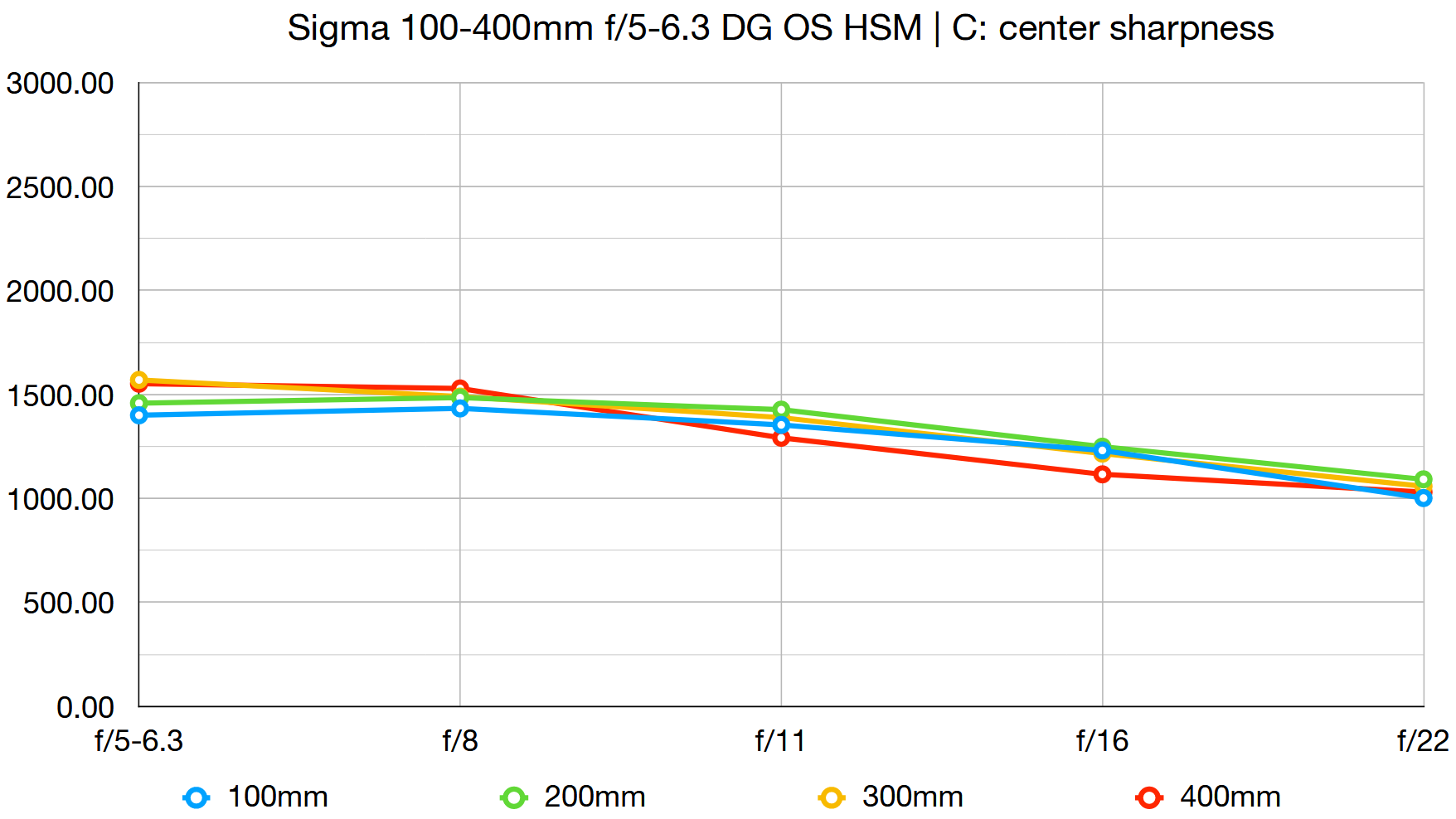

Sharpness scores based on close-range test charts look unimpressive but real-life performance is rather better.
Fringing:
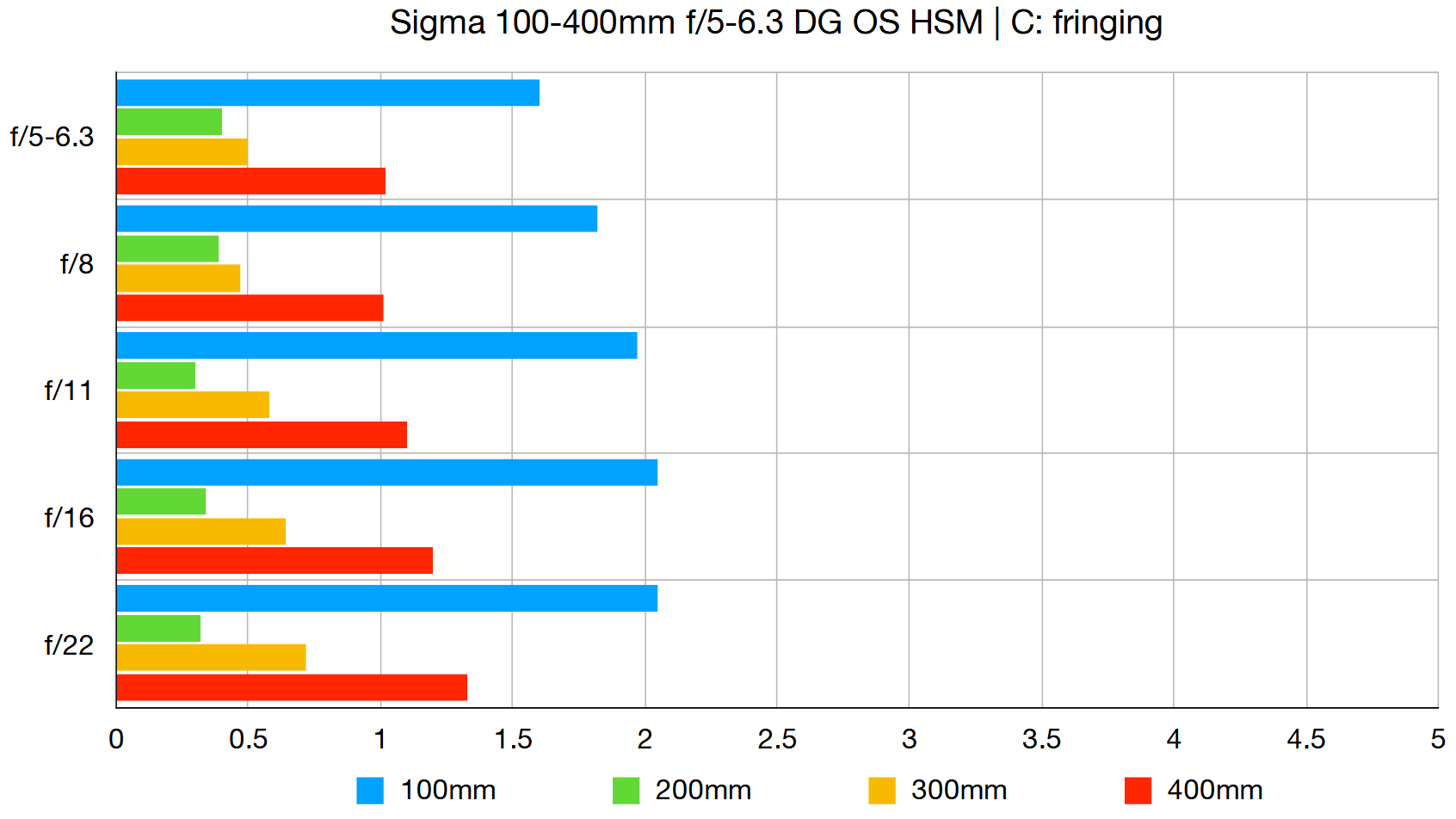
Color fringing is only slightly noticeable at 100mm and even less so at longer zoom settings.
Distortion:
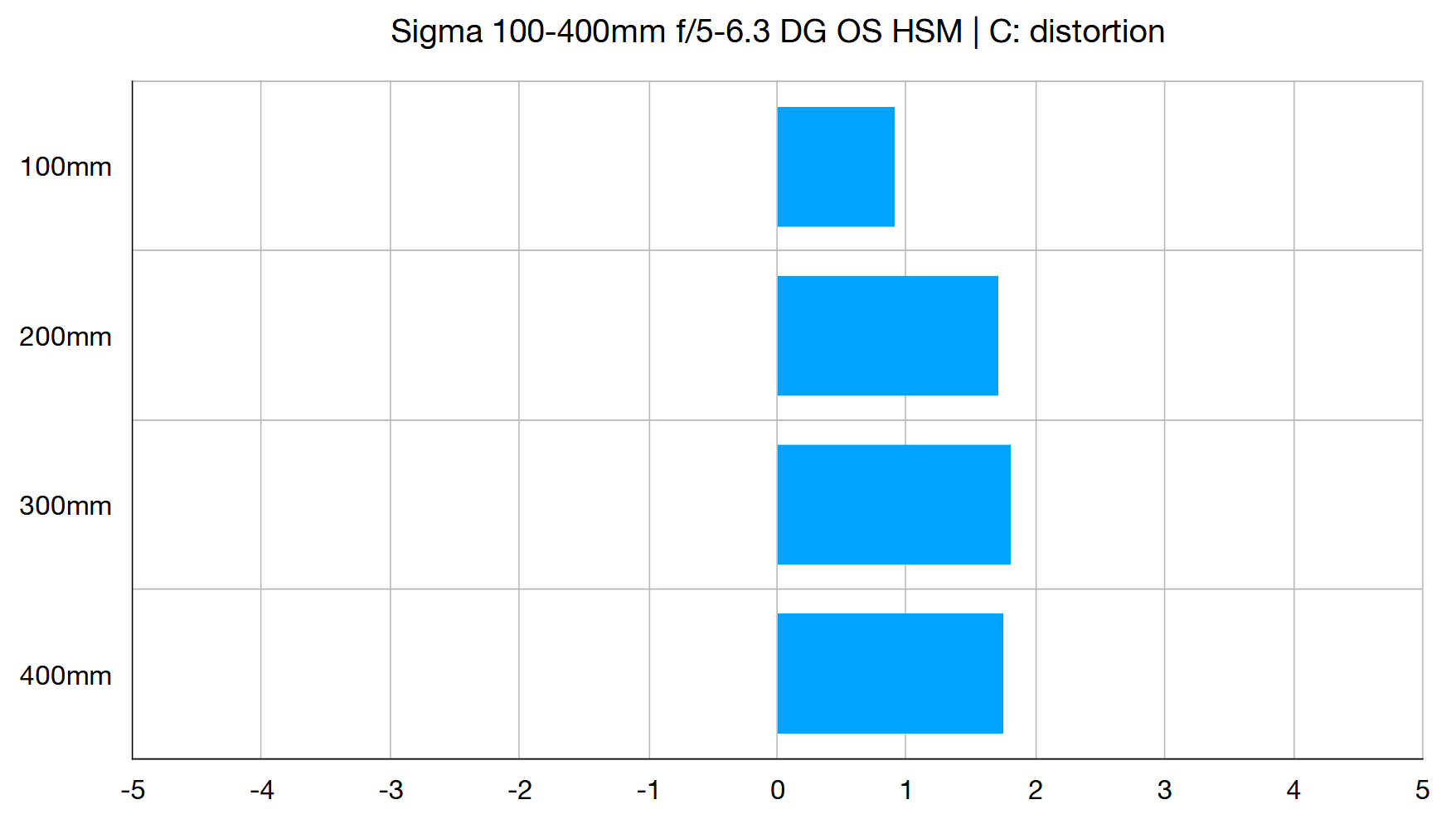
Pincushion distortion increases at longer zoom settings but remains well controlled overall.
Verdict
As a compact and lightweight, yet powerful telephoto zoom, the Sigma works well on Canon and Nikon full-frame DSLRs, while giving an ‘effective’ range on either brand of APS-C format camera of 160-640mm and 150-600mm, taking it well and truly into super-telephoto territory. The plentiful controls and shooting modes enhance handling and overall performance and image quality are impressive, making the lens great value at the price.
Read more:
The best Canon telephoto lenses
The best Nikon telephoto lenses
The best lenses for bird photography and wildlife
The best 150-600mm lenses
The best monopods
Matthew Richards is a photographer and journalist who has spent years using and reviewing all manner of photo gear. He is Digital Camera World's principal lens reviewer – and has tested more primes and zooms than most people have had hot dinners!
His expertise with equipment doesn’t end there, though. He is also an encyclopedia when it comes to all manner of cameras, camera holsters and bags, flashguns, tripods and heads, printers, papers and inks, and just about anything imaging-related.
In an earlier life he was a broadcast engineer at the BBC, as well as a former editor of PC Guide.
